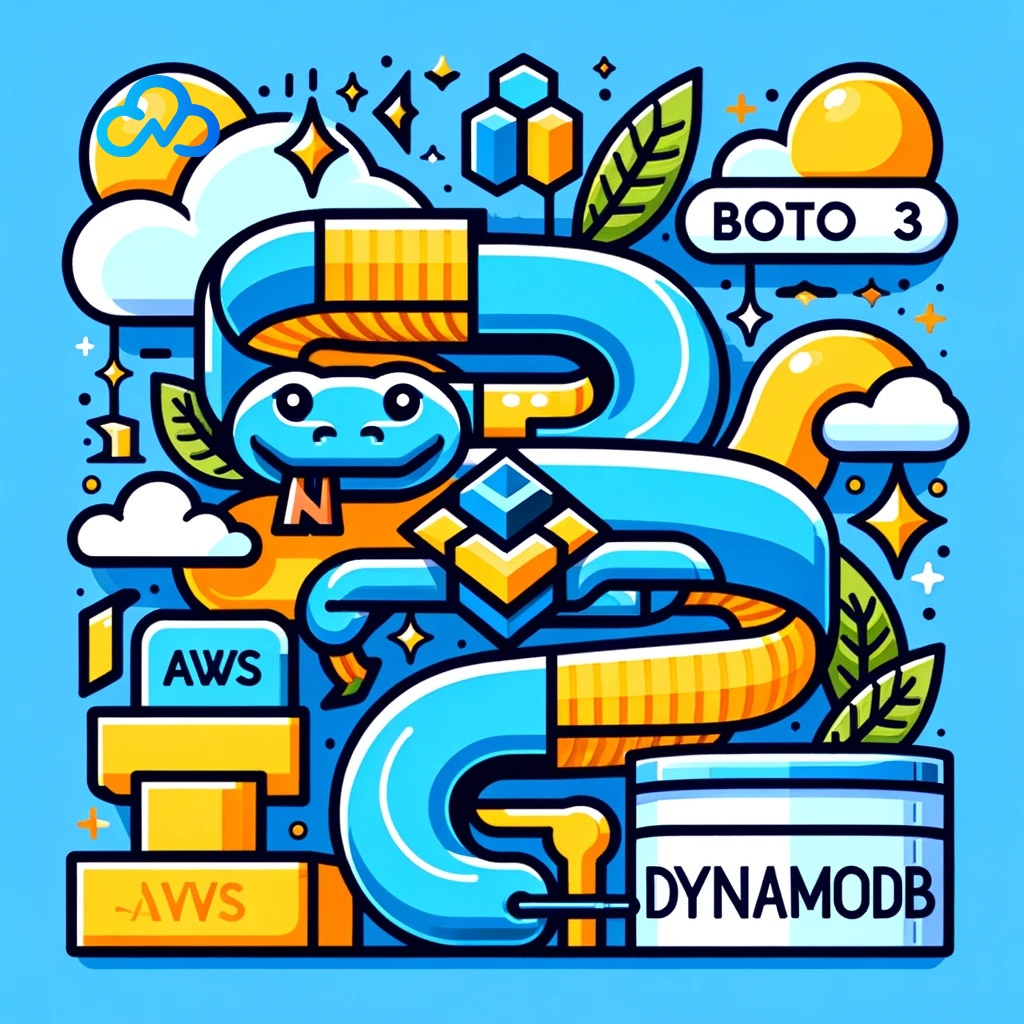Introduction
Amazon Web Services aws boto3 dynamodb as an versatile NoSQL database service while Boto3 serves, as the Python based AWS SDK. This article aims to delve into the usage of Boto3 for interacting with DynamoDB encompassing operations recommended practices and typical scenarios. It will be complemented by Python code snippets.
Overview of Boto3 and DynamoDB
Boto3 stands as an AWS Software Development Kit (SDK) specifically designed for Python programmers. Its purpose is to empower software developers with the ability to utilize services such as Amazon S3 and DynamoDB.
DynamoDB on the hand is a key value and document oriented database that excels in delivering exceptional performance within milliseconds regardless of scale. As a managed database solution it offers region functionality, with multiple masters while ensuring durability.
Setting Up Boto3 for DynamoDB
Before you start, you need to install Boto3 and set up your AWS credentials:
1. Install Boto3:
pip install boto3
2. Configure AWS Credentials: Set up your AWS credentials in `~/.aws/credentials`:
[default]
aws_access_key_id = YOUR_ACCESS_KEY
aws_secret_access_key = YOUR_SECRET_KEY
Basic Operations with DynamoDB
1. Creating a DynamoDB Table:
import boto3
dynamodb = boto3.resource(‘dynamodb’)
table = dynamodb.create_table(
TableName=’MyTable’,
KeySchema=[
{‘AttributeName’: ‘id’, ‘KeyType’: ‘HASH’}
],
AttributeDefinitions=[
{‘AttributeName’: ‘id’, ‘AttributeType’: ‘S’}
],
ProvisionedThroughput={‘ReadCapacityUnits’: 1, ‘WriteCapacityUnits’: 1}
)
table.wait_until_exists()
2. Inserting Data into a Table:
table.put_item(
Item={
‘id’: ‘123’,
‘title’: ‘My First Item’,
‘info’: {‘plot’: “Something interesting”, ‘rating’: 5}
}
)
3. Reading Data from a Table:
response = table.get_item(
Key={‘id’: ‘123’}
)
item = response[‘Item’]
print(item)
4. Updating Data in a Table:
table.update_item(
Key={‘id’: ‘123’},
UpdateExpression=’SET info.rating = :val1',
ExpressionAttributeValues={‘:val1’: 6}
)
5. Deleting Data from a Table:
table.delete_item(
Key={‘id’: ‘123’}
)
6. Deleting a Table:
table.delete()
Best Practices for Using Boto3 with DynamoDB
1. Manage Resources Efficiently: Always close the connection or use a context manager to handle resources.
2. Error Handling: Implement try-except blocks to handle potential API errors.
3. Secure Your AWS Credentials: Never hard-code credentials. Use IAM roles or environment variables.
Advanced Operations
– Batch Operations: Boto3 allows batch operations for reading and writing data.
– Query and Scan: Utilize DynamoDB’s `query` and `scan` methods for complex data retrieval.
Use Cases for Boto3 and DynamoDB
– Web Applications: Store and retrieve user data for web applications.
– IoT Applications: Capture and store IoT device data.
– Data Analysis: Store large datasets and retrieve them for analysis.
Monitoring and Optimization
Use AWS CloudWatch to monitor the performance of your DynamoDB tables and optimize provisioned throughput settings as necessary.
Conclusion
Boto3 provides a powerful and easy way to interact with AWS DynamoDB using Python. By understanding these basic operations and best practices, developers can effectively integrate DynamoDB into their applications.


No comments yet